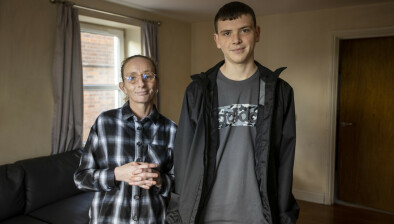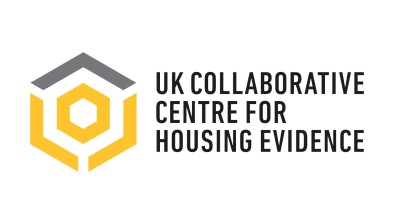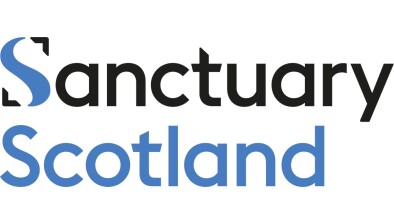Dr Lígia Teixeira: How could we define success for the Scottish Government’s strategy to end homelessness?

Dr Lígia Teixeira
Ahead of Scotland’s Housing Festival next week, Dr Lígia Teixeira from the Centre for Homelessness Impact discusses the Scottish Government’s strategy to end homelessness.
By abolishing priority need in 2012, and adopting a policy of rapid rehousing by default, the Scottish Government has led the way on homeless legislation for some time now. But implementation has been slower than hoped, and the length of time and number of people staying in temporary accommodation are increasing again, according to the latest Scottish Government statistics.
The Ending Homelessness Together action plan lays out the Scottish Government’s commitments to end homelessness through five key areas: by embedding a person-centred approach across public services in Scotland; by preventing homelessness from happening to people in the first place; by prioritising settled housing for all; by responding quickly and effectively whenever homelessness occurs; and by joining up planning and resources.
But could this overall vision of an end to homelessness benefit from a more simple and memorable framework that is fit for purpose in the Scottish context? What might that look like?
At the Centre for Homelessness Impact (CHI), we are working on a way of defining an end to homelessness and measuring progress towards it. The definition says that homelessness will have ended in Scotland when every local area ensures that it is prevented wherever possible, and where it cannot be prevented, it is rare, brief and non-recurring.
The Welsh Government, which has a similar goal to end homelessness in all its forms, has already adopted this definition and set of metrics as part of the development of their new outcomes framework and we will continue to support them with this work and partner organisations on its effective implementation.
We have also started working with the Department for Levelling Up, Housing and Communities (DLUHC) to develop a definition of what it means to end rough sleeping in England. Together with five regional and local authorities in England, CHI has developed and tested an initial set of ‘core’ indicators.
The Scottish Government’s overall vision of an end to homelessness can be aligned with a memorable definition that draws a golden thread through the overall vision (homelessness is ended), to the desired end state (homelessness is prevented, or is rare, brief and non-recurring), to the plan for action to achieve it (the Action Plan goals).
Prevent homelessness from happening in the first place; make it rare by responding quickly and effectively whenever it happens; make it brief by joining up planning and resources to tackle it, and make it non-recurring by prioritising settled homes for all.
We stand ready to work with any organisation or individual that shares our vision of using data and evidence to accelerate an end to homelessness, to develop a definition and framework that is relevant to the Scottish context. This includes government, local authorities, and the voluntary sector. We hope you will join us in our quest.
- Dr Lígia Teixeira, CEO of the Centre for Homelessness Impact, will be speaking at Scotland’s Housing Festival on 19 May at 8.30am-9.15am.








